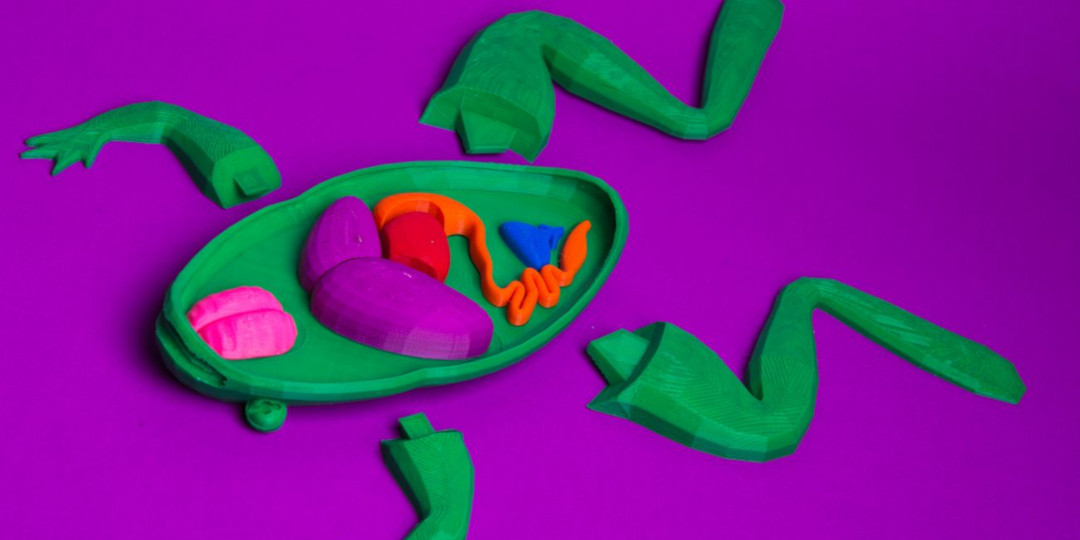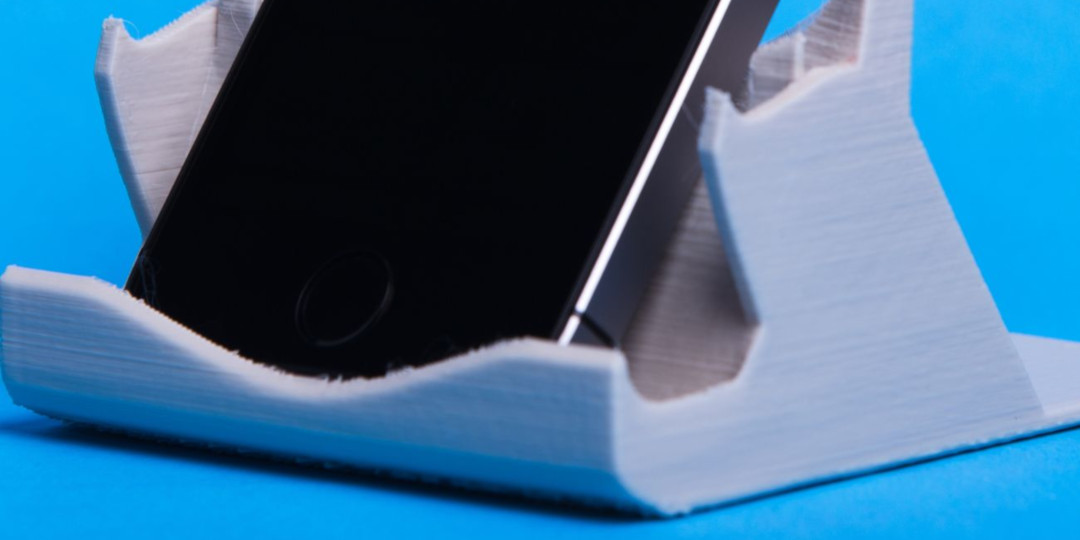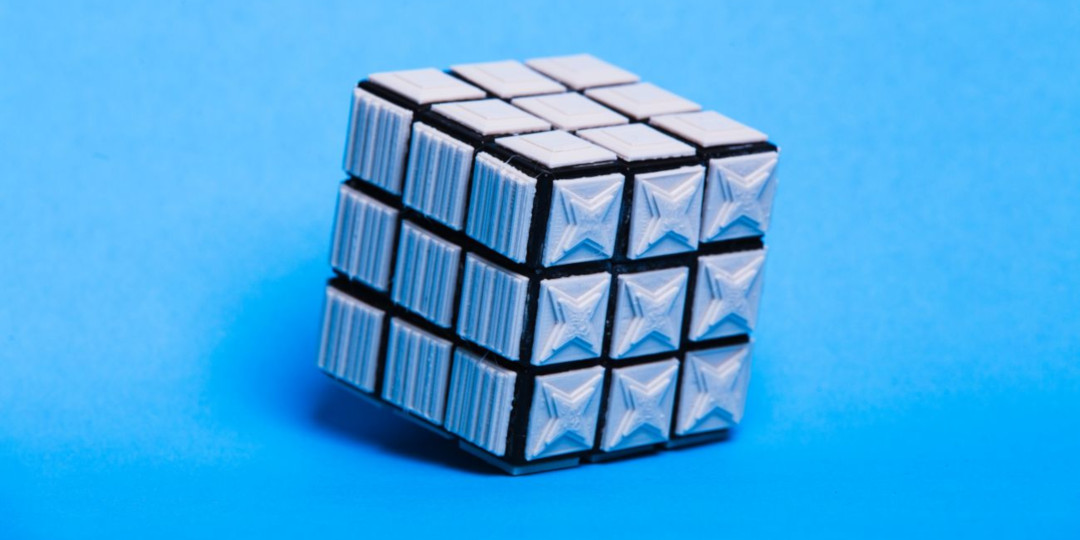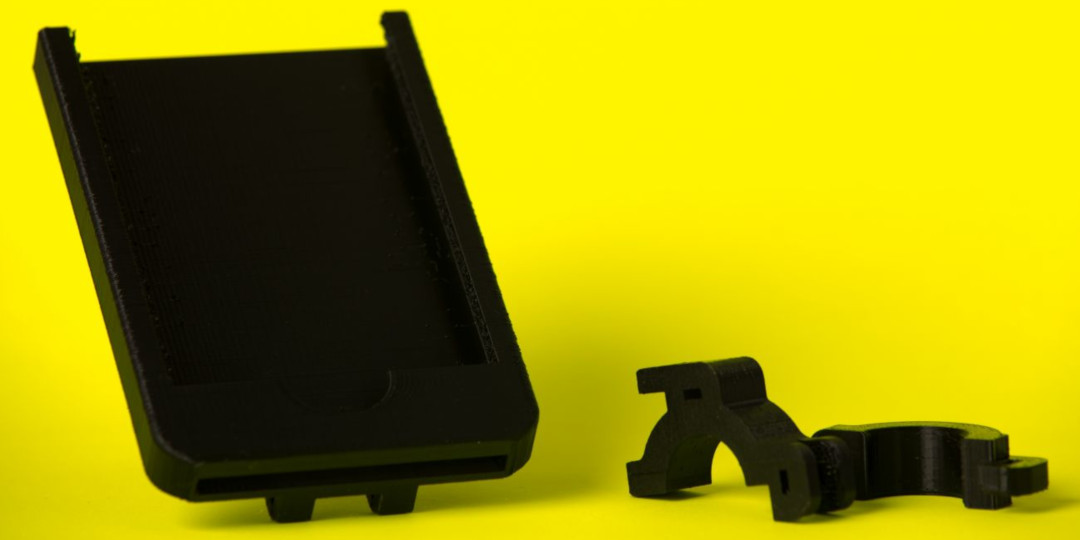With support from students knowledgeable in 3D modeling and CAD software, Professor Vicente Gasco has set out to send 3D printing-savvy graduates into the working world through courses featuring the latest technologies.
Tech-focused community mission
Located in Guaynabo, Puerto Rico, Atlantic University College is a non-profit higher education organization with a history of preparing students for ever-changing technologies. The school is known for offering the first Bachelor’s degree in Videogame Design and Programming in Puerto Rico, with about 75% of the gaming workforce including Atlantic University College alumni. Keeping an eye on the future of business technology, one of the next moves for Atlantic University College was to offer the first 3D printing class in Puerto Rico, furthering the school’s quest to inspire tomorrow’s tech leaders.
Students Zohary Oquendo and Bryan Berdecia created and printed an animal and kid-friendly substitute for live animals used in dissections. Photo credit: Joshua Montalvo
Though Vicente teaches mostly at an Undergraduate level with a focus on product prototyping, his class serves as an introduction to a broader spectrum of topics in additive manufacturing. Students have access to training on software, applications, hardware, and different 3D printing methods from desktop printers to industrial machines.
It was very important to let students have access to the printers. Keeping the lab up to date and running is very important so deadlines are met and projects end successfully.
With a strong belief in “learning by doing,” Vicente’s class includes a month-long project proposed by the students that they must see through from start to finish in the additive manufacturing process. He understands the importance of prototyping iterations within 3D printing and digital fabrication; something the students are able to incorporate into their projects with direct access to Ultimaker machines.
Reliability and consistency with Ultimaker
Vicente has about five years of personal 3D printing experience, having worked nearly every day with 3D printers. When he proposed a Fabrication Lab to the college, they were open to the idea and understood the value such processes could bring to the school’s eager learners. Ultimaker’s reputation initially drew him to the printers as an option for the school, Vicente says, along with the user-friendly interface of the machines.
Easy maintenance, ease of use, and reliability are very important and when you’re experienced in the industry, you can tell those have been focus points for Ultimaker.
As the industry has evolved in the last few years, Vicente knows that having reliable, consistent printers is increasingly important for educators. This is invaluable, he says, for long prints and numerous prototyping iterations in a class full of passionate students.
A stand designed by student Jeremy Muñiz that holds a Samsung S6 Edge smartphone, as well as the smartphone's wireless charger. Photo credit: Joshua Montalvo
To accommodate various student projects, Vicente purchased two Ultimaker 2 printers and upgraded them to Ultimaker 2+ machines for greater flexibility. In the future, he hopes to grow that collection of printers to include Ultimaker 3 for the added benefit of dual extrusion that the students can use in their month-long projects.
Time and money-saving solution
As the Ultimaker 2+ machines are mostly used for organic shapes and character-related designs at Atlantic University College, the students find that the printers handle supports and large prototypes with ease. Though they mostly print with PLA and ABS, Vicente has also used PET and other flexible materials. He’s excited about the possibility of acquiring an Ultimaker 3 for using PVA supports and trying new materials that provide design flexibility for the busy class. There’s no shortage of enthusiasm at the college—the printers run daily 4-5 days per week, sometimes overnight, allowing Vicente and his students to experience measurable benefits first-hand.
The better you can trust the printer with the job without constantly checking up on them, the more time you can focus on other tasks.
Cost and time savings are two of the biggest benefits they’ve seen so far, with faster print time accelerating projects in the classroom. They’ve also noticed higher part quality with Ultimaker through consistency and better layer adhesion, as well as enhanced workflow optimization overall. These benefits offer unmatched reliability when it comes to successful prints for prototypes that the students take from ideation to finished product.
A texture-based Rubik’s Cube for the visually impaired created by student Ramphis Rios. Photo credit: Joshua Montalvo
Other students and faculty members at Atlantic University College are eager to use the Ultimaker printers too, especially the Graphic Design and Animation department. In addition to students from various programs incorporating 3D printing into their class projects and entrepreneurial journeys, members of the community are also welcome to access the machines for school-sponsored printing projects.
Empowering community educators
Vicente has seen exciting and inspiring projects come from the program so far. One student in particular designed and fabricated hand tools for a neighbor with arthritis, creating durable and more reliable plastic parts with better grips. Not only did she learn a lot about additive manufacturing through the design and printing process, but also she made an impact that extended beyond the classroom—a worthwhile lesson learned through real-world application.
I believe that with 3D printing it is possible to give hands-on experience on what students can expect from their careers, especially if they work in teams.
Working in teams and coordinating fabrication is an important part of the learning process at the school, as is the opportunity for students to work through trial and error with their prototypes. “3D printing helps them trust the process and learn that a successful idea might take several prototypes,” Vicente says. “It is a continuous learning process and hopefully they can learn how that extends to all branches of life, both personal and professional.” He hopes that as 3D printers become faster, he’ll be able to reach even more students with enhanced efficiency and greater output capabilities.
Phone grip designed for a wheelchair designed by student Gustavo Agosto. Photo credit: Joshua Montalvo
At the core of additive manufacturing is 3D modeling, Vicente says, with 95% of student projects depending on 3D modeling skillsets. In addition to using Ultimaker Cura, they tap into programs like Maya, Rhino, Fusion 360, ZBrush, and Meshmixer. These tools are essential to the 3D printing process as students must be able to materialize their ideas from imagination to print.
Looking ahead to the future of 3D printing, Vicente knows that the biggest challenge for educators is devising their own exercises and solutions to problems. He hopes that communication and collaboration within the educational community will allow for further development of 3D printing curriculum so that other schools can take advantage of everything digital fabrication has to offer.
Check out our Explore pages for more stories on 3D printing applications in education!
The main image in this story includes chess pieces designed by student Michael Madera, photographed by Joshua Montalvo.



























